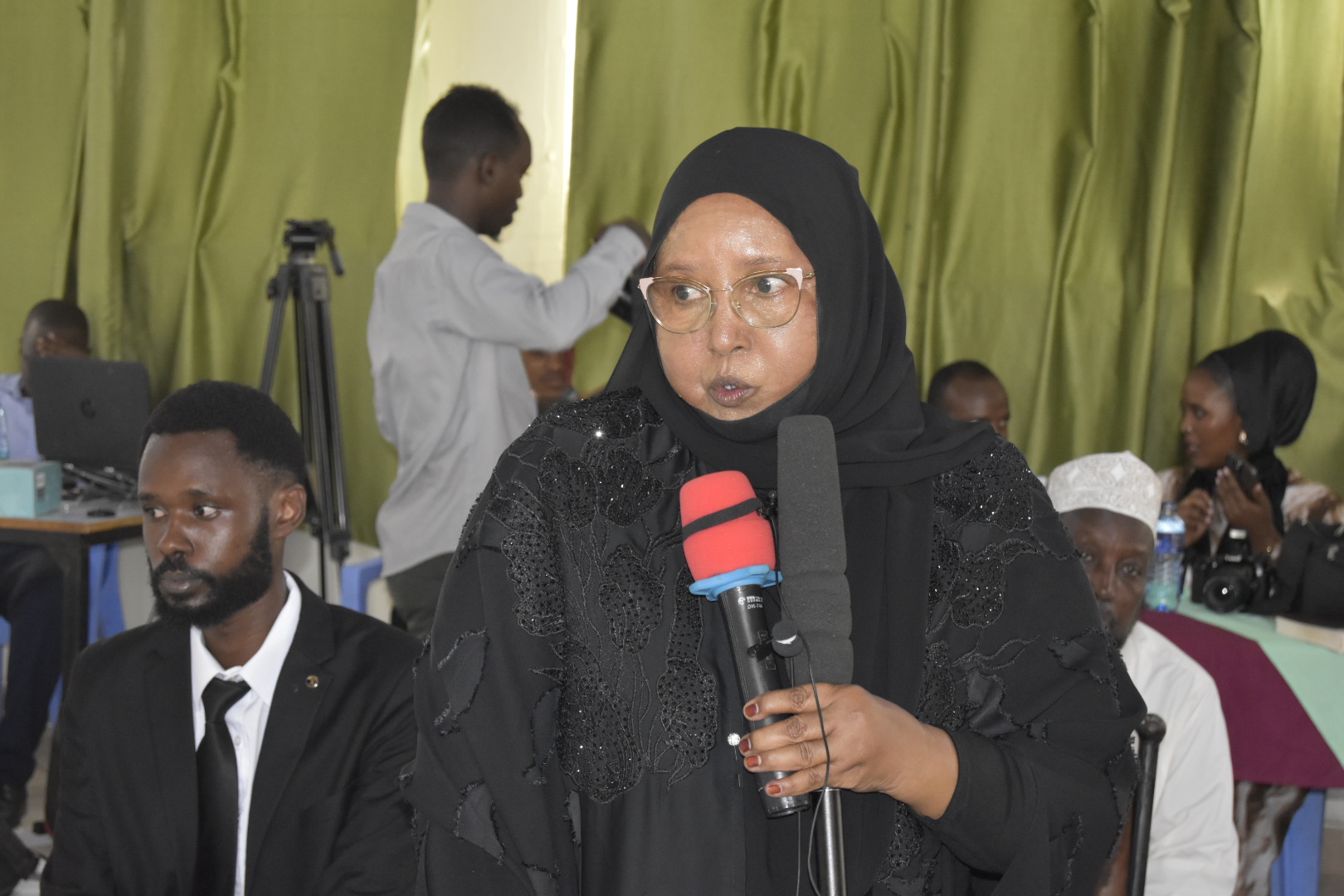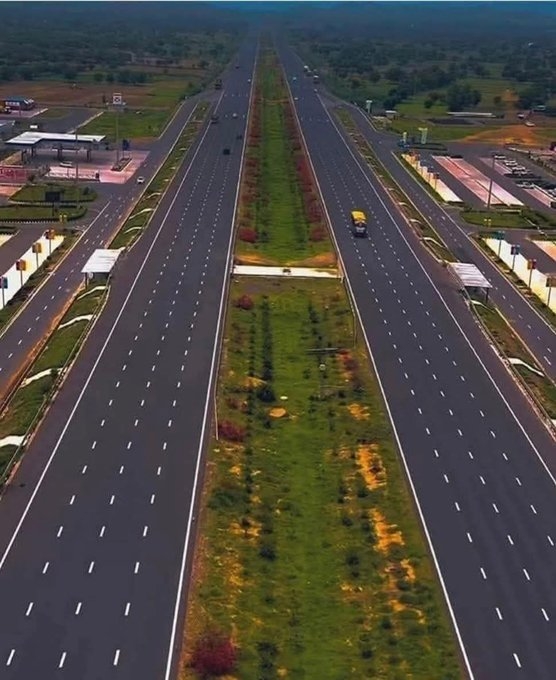
Emotions ran high in Garissa during a public hearing session organised by the National Land Commission on unresolved historical injustices between Garissa and Tana River counties.
Sophia Abdinoor, former Ijara MP who was among the first to present her views, stated that the communities of Tana River and Garissa coexisted peacefully before and during the colonial era, until the clamour for independence began in Kenya.
A referendum was conducted by the British government asking residents of the Northern Frontier District including Garissa, Wajir, Mandera, Isiolo, Marsabit and Turkana whether they wanted to be part of Kenya or Somalia.
“Fearing marginalisation and discrimination, they overwhelmingly voted to join Somalia resulting in resistance from the Kenyan government, and the current oppressive three-mile strip was drawn as a result of the Kenyan government fearing to lose the River Tana to the ongoing secession plan by the NFD region,” Abdinoor told the commission.
She said despite the secession plan failing and the NFD region remaining part of Kenya, the law continued to cause conflict between the two communities in the neighbouring counties, who had harmoniously coexisted and shared the natural resource without conflict.
A visibly emotional Abdinoor narrated how pastoralists from Garissa searching for water and pasture for their animals along the river have been killed, injured or their animals killed by members from the neighbouring community that resides on the other side of the river and which claims territorial rights to the land.
She cited a case where a village in Ijara was burnt down, schools and health facilities destroyed by the neighbouring community due to the boundary dispute.
“We are now being moved from our ancestral land that our great, great grandfathers owned more than 300 years ago. Today, nobody from my community can go near the river because of a very barbaric law that was created by the British government. After 30 years, the Kenyan Parliament wakes up and says there is an Act of Parliament. And this is the genesis of conflicts between our communities.”
Dubat Amey, the chairman Kenya Livestock Marketing Council, said their land is up to date illegally occupied by the Kenya Defence Forces.
The land in question is a 40-square-kilometre tract situated between Modika and Garissa town in Garissa county, where the military has constructed its barracks.
Local pastoralists and community leaders allege the KDF fenced off the land without prior consultation or compensation, before proceeding to put up buildings.
Khalif Nunde, a human rights activist, said the three-mile strip between Garissa and Tana River counties exemplifies the enduring challenges posed by colonial-era land demarcations.
He said the land is vital for pastoralists, serving as grazing grounds and providing water points for livestock, adding that the fact KDF occupied it was a total infringement of their rights.
Julius Meso from KDF told the forum they had not been formally served with the allegations and therefore they could not conclusively resolve the matter.
“However, what I have heard that I would want to raise is that there is a claim by the community. We want to understand the nature of this claim in terms of how much land has KDF allegedly taken from the community,”
“All we would wish to see is the ownership documents, maps and plans from the community, if any, so that we can see how that interacts with our parcel of land. Thereafter, we will be able to engage.”













